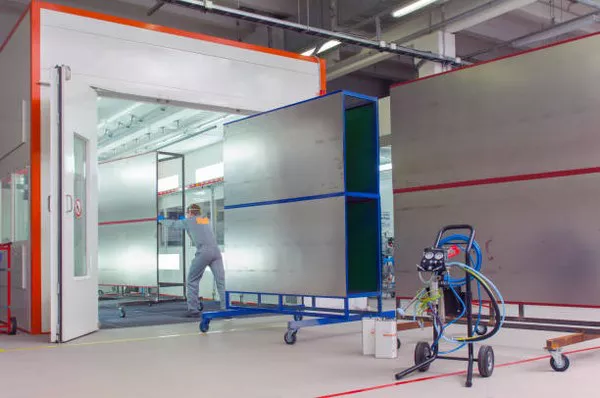In the realm of heating, ventilation, and air conditioning (HVAC) systems, the terms “compressor” and “condenser” are often used interchangeably, leading to confusion about their distinct roles and functionalities. Both components play critical roles in the refrigeration cycle, essential for cooling and air conditioning processes. To clarify their functions and differences, we’ll delve into the specifics of each component and how they contribute to the overall efficiency and effectiveness of HVAC systems.
The Compressor: Heart of the Refrigeration Cycle
The compressor serves as the heart of an HVAC system, responsible for compressing refrigerant gas to a high-pressure, high-temperature state. This process is vital in the refrigeration cycle, which facilitates the transfer of heat from indoor spaces to the outdoors. Compressors are typically located in the outdoor unit of an HVAC system.
Types of Compressors
Compressors can be categorized into several types, each offering specific advantages in terms of efficiency, capacity, and application suitability:
Reciprocating Compressors: These compressors use pistons to compress refrigerant gas. They are known for their reliability and are commonly found in residential HVAC systems.
Rotary Compressors: Rotary compressors operate with rotating vanes or blades, making them compact and relatively quiet. They are suitable for small to medium-sized HVAC applications.
Scroll Compressors: Scroll compressors use spiral-shaped scrolls to compress refrigerant. They are efficient and often preferred for their quiet operation, making them ideal for residential and light commercial applications.
Centrifugal Compressors: Typically used in large commercial and industrial HVAC systems, centrifugal compressors use high-speed rotating impellers to achieve compression.
The Condenser: Heat Release and Cooling
While the compressor raises the temperature and pressure of the refrigerant, the condenser plays a crucial role in releasing heat and converting the refrigerant from a gas to a liquid state. This phase change occurs as the high-pressure, high-temperature refrigerant flows through the condenser coils, where it releases heat to the surrounding environment.
Types of Condensers
Condensers can also vary in design and configuration based on the specific HVAC system requirements:
Air-Cooled Condensers: These condensers use ambient air to cool and condense the refrigerant. They are simpler in design and are suitable for smaller HVAC systems where water availability or cost is a concern.
Water-Cooled Condensers: Water-cooled condensers use water as a cooling medium to remove heat from the refrigerant. They are highly efficient but require a continuous water supply.
Evaporative Condensers: Evaporative condensers combine the principles of air and water cooling. They use water to cool the refrigerant coils, which is then evaporated to enhance heat removal.
Key Differences and Interactions
While the compressor and condenser serve distinct purposes within the HVAC system, they are interconnected components within the refrigeration cycle:
Compressor Functionality: The compressor raises the pressure and temperature of the refrigerant, enabling it to release heat efficiently in the condenser.
Condenser Operation: The condenser removes heat from the compressed refrigerant, causing it to condense into a high-pressure liquid before entering the expansion valve.
Energy Transfer: The compressor requires energy to compress the refrigerant, while the condenser facilitates heat transfer to the environment, enabling the refrigerant to cool and prepare for the next phase of the cycle.
Efficiency and System Performance
Understanding the differences between the compressor and condenser is essential for optimizing HVAC system efficiency and performance:
Compressor Efficiency: The type and efficiency of the compressor impact the overall energy consumption of the HVAC system. Upgrading to more efficient compressor technologies can significantly reduce operating costs.
Condenser Size and Design: Proper condenser sizing and selection are crucial for efficient heat rejection. Factors such as ambient temperature, airflow, and condenser coil cleanliness affect condenser performance.
See Also What tasks can a 20-gallon air compressor handle?
Conclusion
In conclusion, while the terms “compressor” and “condenser” are often used synonymously, they represent distinct components with specific functions in HVAC systems. The compressor compresses refrigerant gas to a high-pressure state, while the condenser facilitates heat removal and condensation of the refrigerant. Together, these components form the backbone of the refrigeration cycle, enabling effective cooling and climate control in residential, commercial, and industrial applications.
Understanding the role of each component and their interactions is essential for designing, operating, and maintaining efficient HVAC systems. By optimizing compressor and condenser performance, HVAC professionals can enhance system reliability, reduce energy consumption, and prolong equipment lifespan, ultimately leading to improved comfort and sustainability in indoor environments.

